Think you’ve tasted the best fish? Think again. There’s a whole world of American lake fish that’ll blow restaurant salmon out of the water.
Forget the predictable and dive into a menu of fish that’ll have your taste buds dancing. From the rich, buttery flavor of lake trout to the crispy, golden goodness of walleye, these freshwater delicacies are the true hidden gems of the fish world.
These fish aren’t just about taste—they’re about the adventure that comes with catching them. Fresh, wild, and ready to turn any meal into a feast. Why settle for a farmed fish when nature’s finest is just waiting to be served?
Ready to give your palate a thrill? Discover the 18 lake fish that will have you rethinking your salmon obsession. The lakes are calling, and the fish are tastier than ever.
Lake Trout
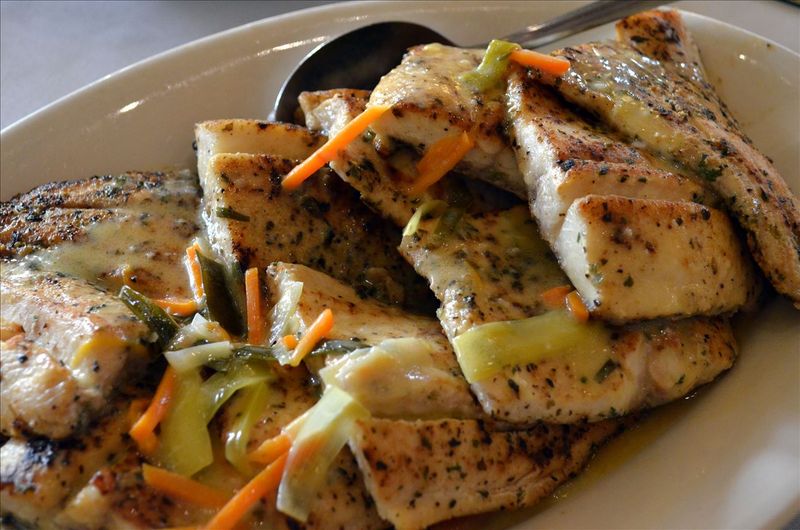
Lake trout, known for its rich, buttery flavor, often surprises those who try it for the first time. Its flesh is firm yet flaky, providing a texture that delights. This fish is a favorite among anglers in the Great Lakes region.
Cooking lake trout enhances its natural flavors, making it a versatile option for grilling or smoking. Some chefs pair it with citrus to highlight its freshness. Did you know? Lake trout can live up to 25 years, giving them ample time to grow and develop their unique taste profile.
Bluegill

Bluegill, a staple in American lakes, is adored for its sweet and mild flavor. A beloved catch for both beginners and seasoned anglers, it’s often found in freshwater lakes and ponds.
When cooked, its tender white meat flakes easily, making it a perfect candidate for frying or baking. Its subtle taste pairs wonderfully with simple herbs or a touch of lemon. Fun fact: Bluegills are known for their unique nesting colonies, where dozens of fish create a community of circular nests.
Walleye

Walleye is celebrated for its delicate, mild flavor and flaky texture, making it a prized catch among fish enthusiasts. Often regarded as one of the best-tasting freshwater fish, walleye’s culinary versatility is unmatched.
Whether pan-fried, baked, or grilled, its flavor shines through, often complemented by a simple seasoning of salt and pepper. Known for their nocturnal feeding habits, walleye are often caught during twilight hours, adding an element of adventure to their capture.
Perch

Perch, with its mild and slightly sweet flavor, is a favorite among many who enjoy freshwater fish. Its tender, flaky meat is easy to cook and absorbs flavors well.
Often fried or grilled, perch pairs perfectly with light seasonings or marinades. A unique trait of perch is their ability to adapt to various water conditions, making them resilient and abundant. Their vibrant colors and playful nature bring joy to those who fish for them in lakes across America.
Crappie

Crappie, a popular choice for many anglers, boasts a delicate flavor that is both mild and slightly sweet. Its white, flaky flesh is perfect for frying or sautéing.
This fish is often caught in large numbers, as they tend to school together, providing plenty of opportunity for a hearty meal. Interesting fact: Crappies are known for their active spawning season, where they congregate in large numbers, making them easier to catch in spring.
Bass

Bass, with its robust flavor and firm texture, is a versatile fish enjoyed by many. Found in lakes across the United States, bass offers a satisfying culinary experience.
Whether grilled, baked, or fried, its rich taste is often complemented by bold seasonings and marinades. Bass are known for their aggressive nature, making them a thrilling catch for anglers. Their powerful leaps and strong fight provide an exciting fishing experience, adding to their allure on the plate.
Sunfish

Sunfish, with their mild and subtly sweet flavor, bring a touch of sunshine to any dish. Their tender meat is easy to cook, making them a favorite among home chefs.
Often pan-fried or baked, sunfish pair beautifully with light herbs and butter. These fish are known for their vibrant colors and playful demeanor, often found in schools in the warm shallows of American lakes. Did you know? Sunfish are part of a group known as “bream,” which includes various small, freshwater fish species.
Catfish

Catfish, with its unique taste and hearty texture, is a staple in American cuisine. Known for their whiskered appearance, catfish are bottom dwellers often found in muddy lake beds.
Their meat is firm and holds up well to various cooking methods, from frying to stewing. The flavor is earthy and rich, often enhanced by spicy coatings or sauces. Historically, catfish have been a dietary mainstay in Southern cooking, bringing a touch of regional flair to the dinner table.
Pike
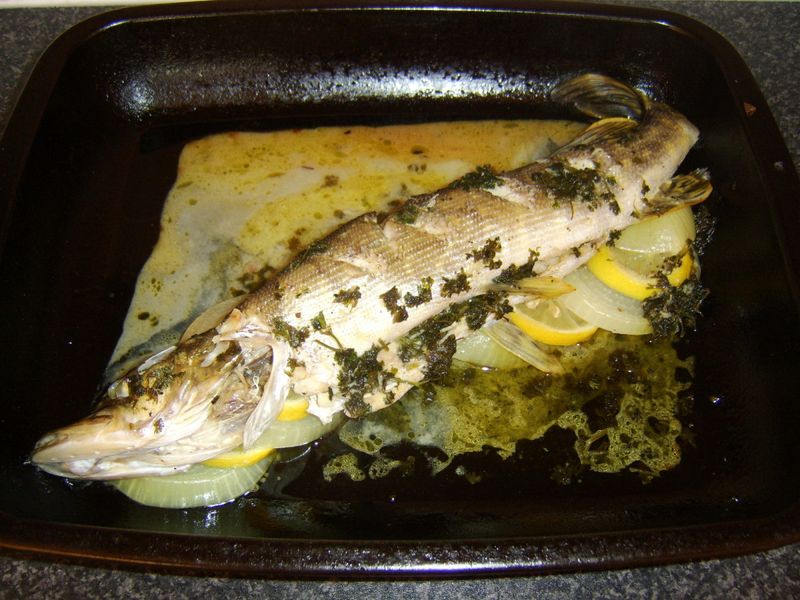
Pike, known for its lean and firm flesh, offers a unique flavor that’s both mild and savory. This fish is a challenge to catch, known for its quick movements and sharp teeth.
Cooking pike requires a bit of skill, often involving deboning to avoid its numerous small bones. The reward is a delicious meal that pairs well with savory herbs and spices. Did you know? Pike are often nicknamed “water wolves” due to their predatory nature in the aquatic food chain.
Whitefish
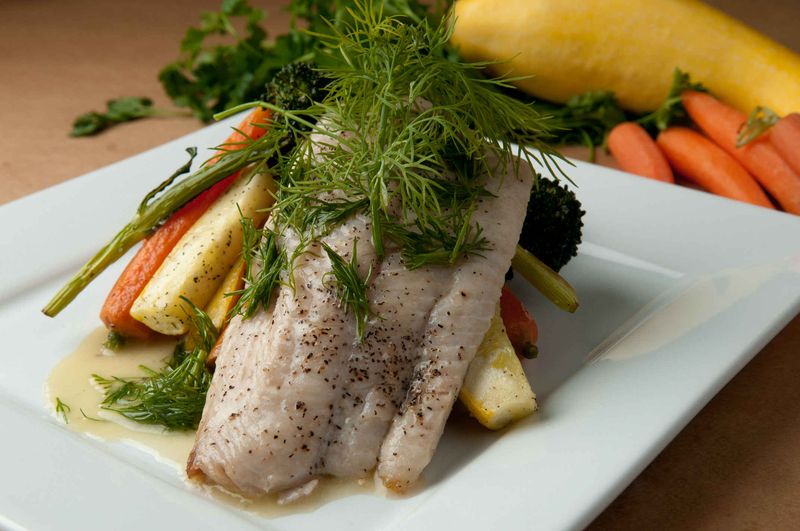
Whitefish, with their mild flavor and delicate texture, are often compared to trout. They are a prized catch in the colder northern lakes of America.
Their flesh is tender and flakes easily, making them an excellent choice for smoking or baking. Whitefish are known for their adaptability to cold, freshwater environments, often found swimming gracefully beneath the ice. A fun fact: Whitefish are a crucial part of the ecosystem, serving as a primary food source for larger predators.
Carp
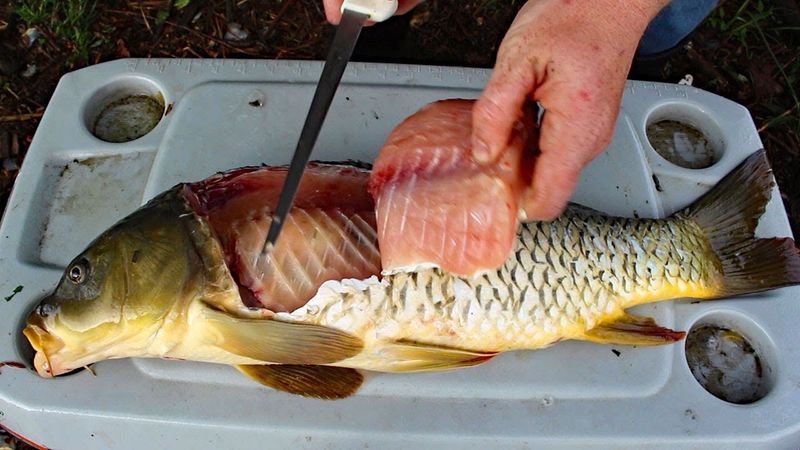
Carp may not always be the first choice for culinary delight, but their mild flavor and firm texture offer a surprising alternative. This fish is often found in the warmer lakes of the Midwest.
Carp can be grilled, baked, or even pickled, absorbing flavors from spices and herbs effortlessly. Interestingly, carp are considered invasive in some regions, yet they thrive abundantly, providing a sustainable food source when managed properly.
Muskellunge

Muskellunge, commonly known as muskie, is known for its robust flavor and firm texture. Anglers cherish this fish, often pursuing it for the thrill of the catch.
Muskie is best when cooked with bold flavors, like garlic and rosemary, which complement its hearty taste. This fish is elusive, often requiring patience and skill to catch. Did you know? Muskellunge are apex predators in their habitat, often referred to as the “fish of 10,000 casts” due to their rarity and challenge to catch.
Sauger
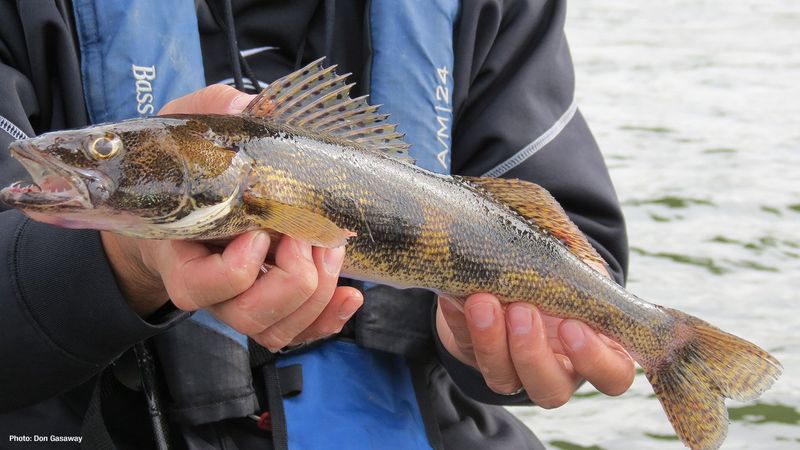
Sauger, closely related to the walleye, offers a mild and delicate taste that is cherished by many. Its flesh is firm and flaky, making it a delightful choice for various cooking methods.
This fish is often found in the rivers and lakes of the Midwest, thriving in turbid waters. Sauger are known for their ability to blend into their surroundings, a skill that helps them evade predators and human capture, adding an element of excitement to their pursuit.
Cisco

Cisco, also known as lake herring, boasts a mild flavor and tender texture, making it a prized catch in northern lakes. Its delicate flesh is ideal for smoking or poaching.
Cisco are often found in the deepest, coldest waters, thriving in pristine environments. They play a vital role in the aquatic ecosystem, serving as a crucial food source for larger fish. A fascinating fact: Cisco were once a staple for Native American tribes, who relied on them for sustenance during harsh winters.
Burbot
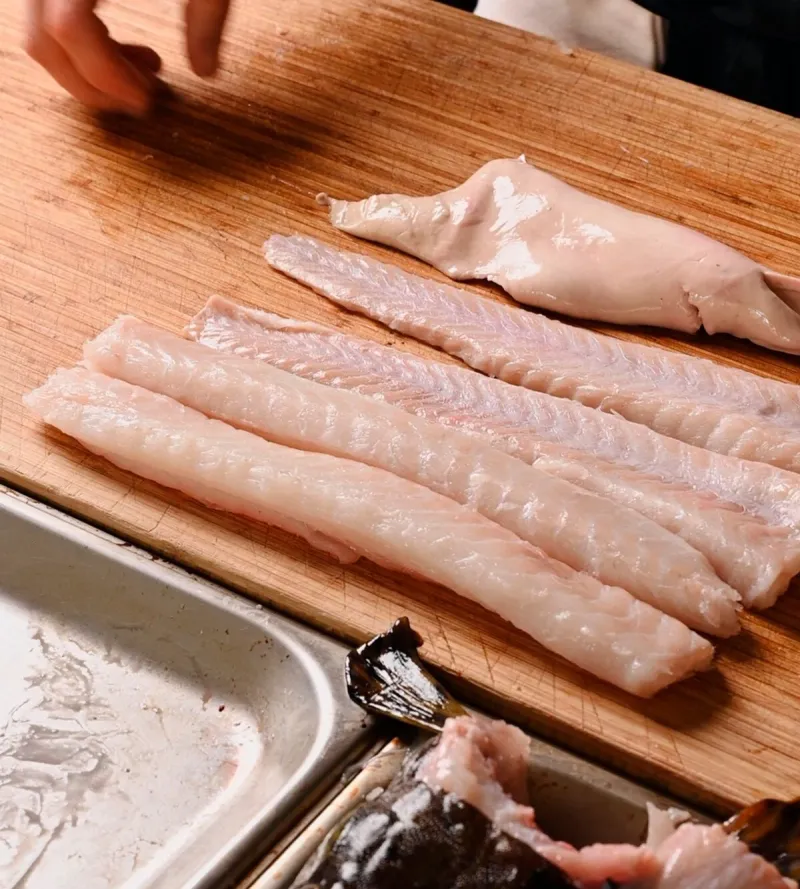
Burbot, often referred to as the “poor man’s lobster,” offers a delicate, sweet flavor reminiscent of its more famous crustacean cousin. Its firm, white flesh is a delight when boiled or grilled.
Burbot are known for their preference for cold, deep waters, often caught through the ice in winter months. This fish is a hidden gem in the culinary world, bringing a touch of luxury to the plate without the hefty price tag.
Smelt

Smelt, small and delicate, pack a punch of flavor that belies their size. Their tender flesh is often enjoyed fried whole, offering a crunchy delight.
Found in abundance in the Great Lakes, smelt are a seasonal favorite, particularly in spring. Known for their schooling behavior, these fish are often caught in large numbers, providing a feast for communities who celebrate their arrival with festivals and gatherings.
Bullhead Catfish

Bullhead catfish, with their mild, slightly sweet flavor, are a cherished catch in many southern lakes. Their meat is firm and holds up well to various cooking styles.
Often fried or grilled, bullhead catfish pair beautifully with bold, spicy seasonings common in Southern cuisine. Known for their resilience, these fish are adaptable to various water conditions, making them a reliable catch for anglers. A fun fact: Bullhead catfish have the ability to live in low-oxygen environments, showcasing their hardiness.
Chain Pickerel

The chain pickerel, with its sleek, torpedo-like body and vibrant green hue, is a sight to behold. Found in the weedy shallows of lakes, this fish offers a mild flavor with a hint of sweetness, making it a culinary delight.
Despite its bony structure, cooks who master filleting techniques find it rewarding due to its delicate taste. Grilled or pan-fried, chain pickerel pairs wonderfully with lemon and herbs, bringing out its natural flavors.
Did you know? This fish is a cousin to the pike and is often sought after by anglers for its spirited fight.

